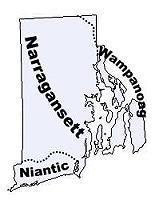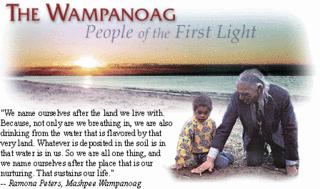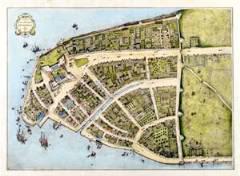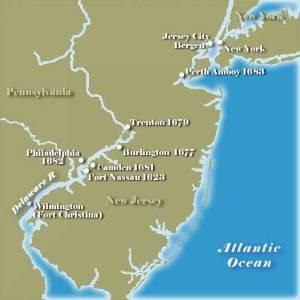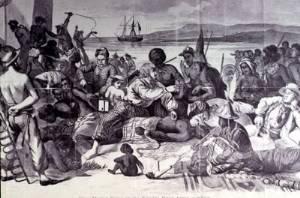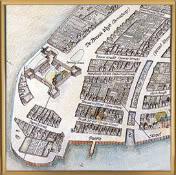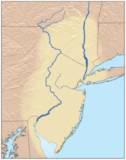Rhode Island Tribes Image: Native American Territories in the state of Rhode Island The Narragansett In the early seventeenth century, Narragansett Native Americans occupied most of Rhode Island, from Narragansett Bay on the east to the Pawcatuck River on the west. They were the largest and strongest chiefdom in New England. They escaped the great pestilence of 1617 that swept through southern New England, and the remnants of other tribes who had suffered joined them for protection, making the Narragansett a powerful tribe. The word Narragansett means the people at the small narrow point. They were of the Eastern Woodlands culture. They were made up of several sub-tribes, each with a chief (sachem). Their population was around 10,000 in the…
